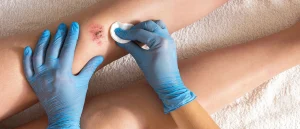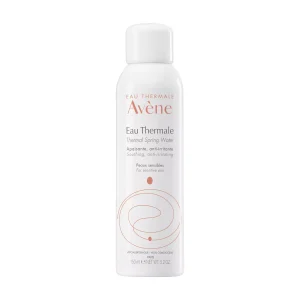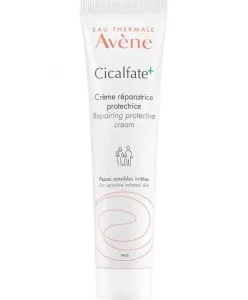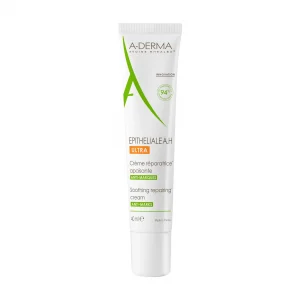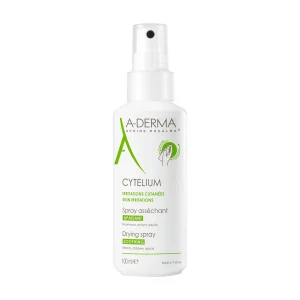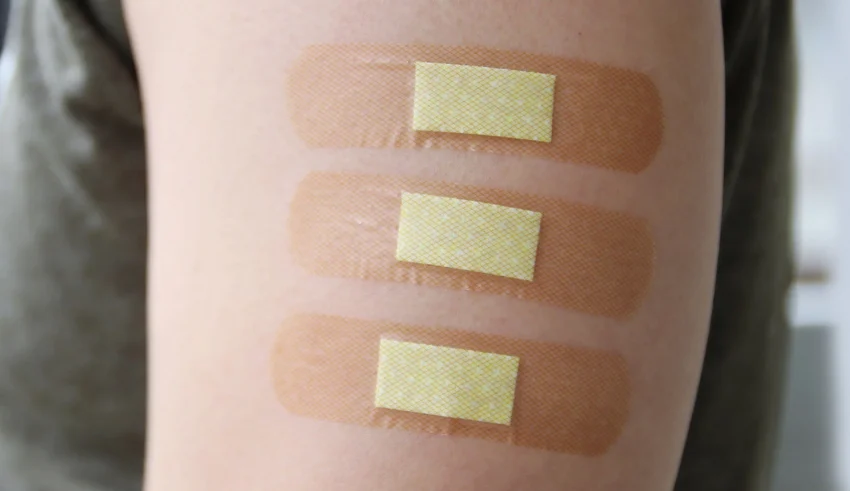
Wounds range from minor cuts to deep, severe wounds and life-threatening trauma. Many acute injuries can be treated with a first aid kit, while others require urgent medical attention. Knowing how to identify different types of injuries and provide the appropriate first aid response can improve outcomes for the injured person. In this article from The Dermo Lab, we explain what types of wounds there are, their common causes, and how to treat them, in collaboration with the dermatologist Dr. Lama Bourji.
What is a wound?
A wound is a lesion in the surface of the skin. Wounds can be classified as open or closed.
- An open wound is any type of wound that exposes internal tissue to the outside environment.
- A closed wound is one where the skin tissue remains intact and the underlying tissue is not exposed.
Wounds can be acute or chronic.
- Acute wounds are expected to heal normally, without complication.
- Chronic wounds get stuck in the inflammatory phase of the healing process and can take a long time to heal.
According to Dr. Lama Bourji, a wound can occur as soon as there is a break in the skin barrier. It can be very superficial, such as an abrasion or laceration affecting only the first few layers of the skin, or deeper, such as a puncture wound that goes down into the connective tissue or even the muscle.
What are the most common types of wounds?
There are different types of wounds, depending on factors such as the origin of the wound and the underlying problems that may lead to it. The type can affect how doctors treat the wound or other factors in the healing process.
Wounds are usually either open or closed. A closed wound does not break the surface of the skin but does damage the underlying tissue. A bruise is a common example. In contrast, open wounds break the surface of the skin and can also damage the underlying tissue.
Here are some types of open wounds:
1- Abrasions:
Abrasion is caused by a break in the skin due to friction against a rough surface. Abrasions can be mild or severe. A mild abrasion does not bleed and only affects the top layer of the skin. They are often called scrapes or abrasions. Severe abrasions can cause the skin and underlying tissue to detach.
2- Avulsion:
Avulsion occurs when the skin and underlying tissues are completely or partially torn away. Avulsion injuries are usually caused by violent accidents such as explosions, animal bites, and body-crushing accidents.
Avulsions often cause severe bleeding and pain. They can damage nerve tissue, which can affect the patient’s pain level. Avulsions are highly susceptible to infection and almost always need professional medical attention.
3- Laceration:
A laceration is a cut in the skin caused by a sharp object. Knife wounds, broken glass cuts, and accidents with tools and equipment are common causes of lacerations.
4- Punctures:
A puncture wound is a deep wound made by a sharp object such as a nail, needle, or animal tooth. Puncture wounds may not bleed much, but they can damage internal organs if they are deep. Some gunshot wounds are puncture wounds.
5- Surgical wounds and incisions:
Surgical wounds are cuts or incisions in the skin made during an operation. They are often closed with sutures, but sometimes they are left open to heal.
How do you clean a wound?
If you have a cut, scrape or burn, it’s important to clean the wound properly and immediately to avoid infection. Here’s how to do it in four easy steps.
Step 1. Wash your hands
Clean your hands with soap and water or hand sanitizer, then put on disposable gloves, if possible. Do this before touching your wound or treating another person’s burn, cut, or scrape. Clean, covered hands help prevent infection.
Step 2. Rinse with water
Rinse the wound with clean water to loosen and remove dirt and debris.
Use a gentle washcloth and mild soap to clean around the wound. Do not put soap in the wound. It can hurt and irritate. Do not scrape the wound.
To save you time in finding your own supply, we offer the ultimate disinfectant spray. The below spray is intended to be used on small wounds and to protect the skin from microorganisms that may enter the skin through cuts.
Ducray Diaseptyl Spray
After cleaning, gently dry the surrounding skin with a clean pad or towel and apply a soothing spray to reduce redness and irritation.
We recommend the following spray as it will provide long-lasting protection with its moisturizing and soothing ingredients. It will cool and soothe the skin while reducing redness and irritation.
Eau Thermale Avène Spring Water Spray
Step 3. Use a wound cream
To improve and accelerate the healing of the skin, apply a wound cream to the wound.
Wound creams may contain an antiseptic such as chlorhexidine, an antibiotic, silver sulfadiazine, copper and zinc, hyaluronic acid, honey, etc.
For non-oozing wounds:
We recommend the following fragrance-free and paraben-free product that is perfect for treating minor burns. This cream helps heal skin faster and prevent scarring with a new and improved formula that helps repair damaged, dry, and cracked skin within 48 hours.
Eau Thermale Avène Cicalfate+ Skin Repair Cream
A-Derma Epitheliale A.H Ultra Soothing Repairing Cream
For oozing wounds:
If your wound is oozing, we recommend drying it with the following spray from A-Derma. It drains and decongests oozing skin. In addition, it soothes, calms, and softens the skin in case of irritations.
A-Derma Cytelium Drying Spray
Once your wound is dry, you can continue with the creams mentioned above.
Step 4. Dress the wound
How to cover the wound? Apply a bandage, rolled gauze held in place with tape. Covering the wound will keep it clean. If the wound is only a minor scratch or scrape, do not cover it. If it’s a minor scrape or cut, clean it and don’t touch it. Otherwise, place a clean, sterile, non-adhesive dressing on the wound after cleaning it. This will help prevent the spread of germs. Change the bandage at least once a day or when it gets wet or dirty.
What types of wounds are vulnerable to infection?
Proper wound care is important for healing. Sometimes the healing process can be interrupted by infection.
All types of wounds can develop an infection, but wounds caused by contaminated objects or animal bites tend to be more susceptible. A person may be at greater risk of infection if they are diabetic, overweight, elderly, or have a weakened immune system.
Signs and symptoms of an infected wound include:
- Redness
- Swelling
- Warmth to the touch
- Yellow or green discharge
- Increased pain
- Fever or nausea
The best way to prevent a wound infection is to keep the wound site and surrounding skin clean.
An infected wound should be treated under medical supervision. A doctor can advise on the best way to dress and clean wounds. He or she may also prescribe antibiotic ointments or tablets to help fight infection.
Last Updated on February 16, 2024
